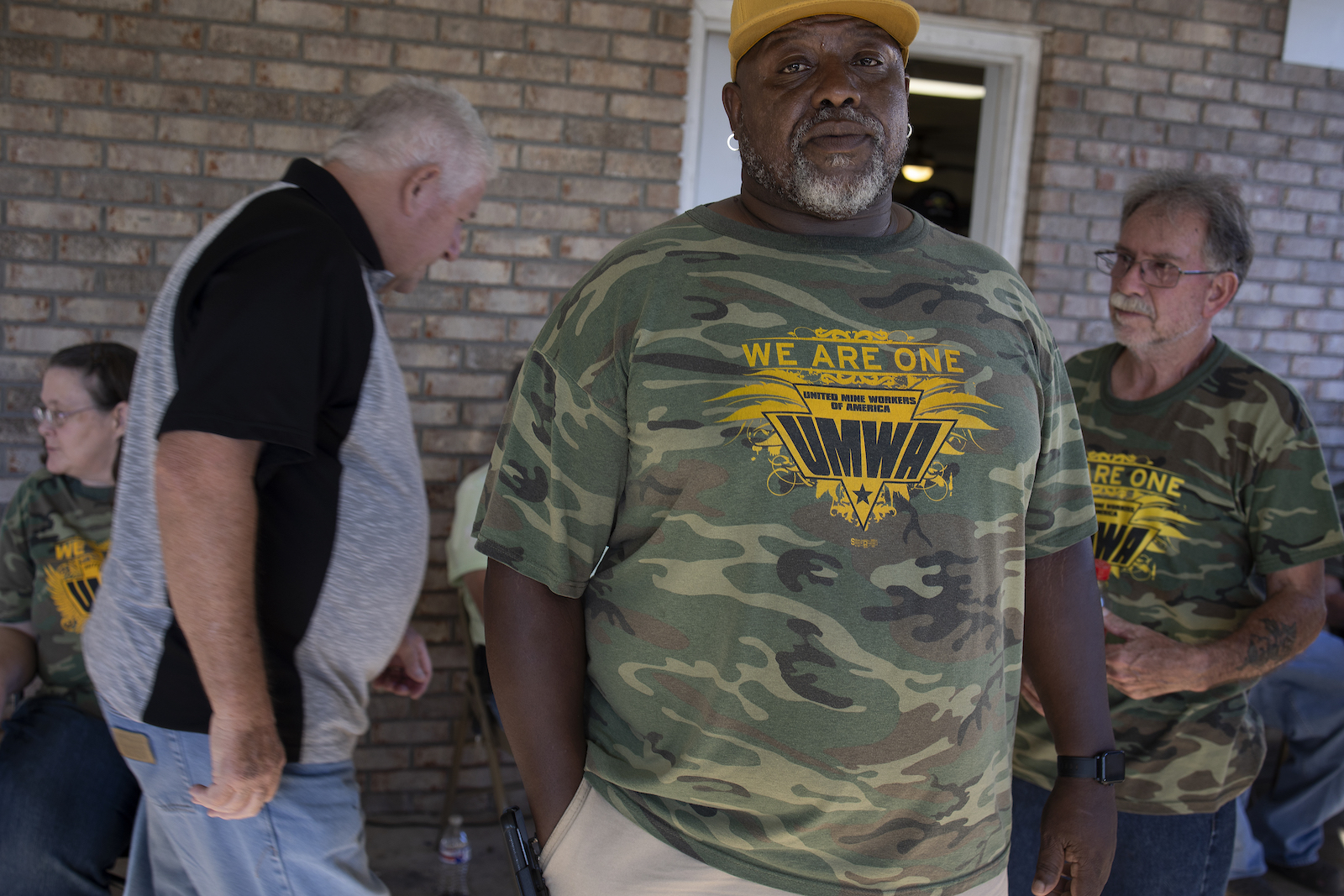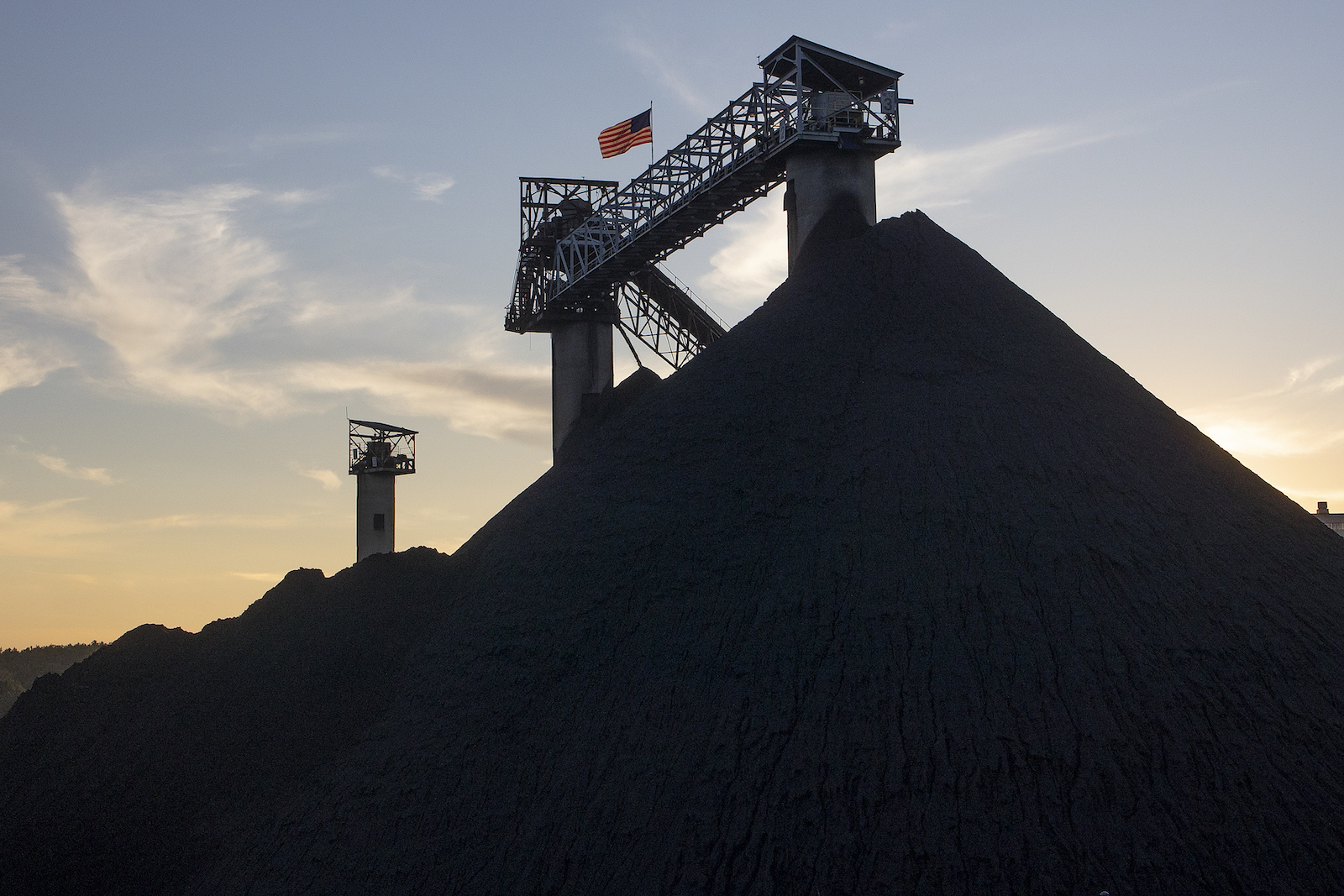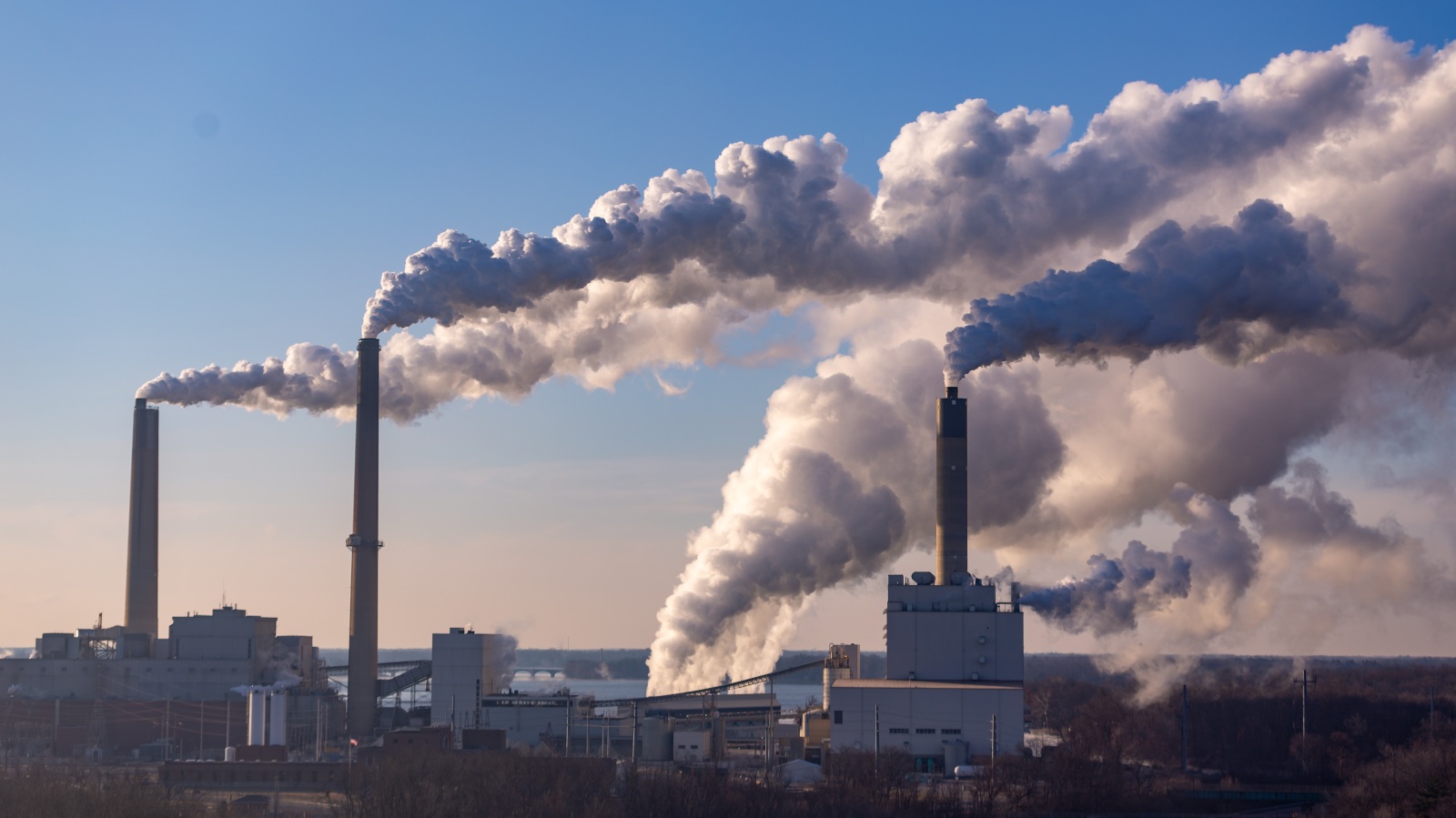If you're serious about the environment, we all know that planting trees is one of the most effective measures, and tree removal should be a last resort. We at Pensacola Tree Services are dedicated to offering the best for your home as well as the environment, therefore we're committed to delivering it by making it as simple as possible. For responsible tree removal visit us here Pensacola Tree Services
Almost 1,000 coal miners at Warrior Met Coal in Brookwood, Alabama, are returning to work after nearly two years without an improved contract, marking an end to the longest strike in the state’s history. It’s a disappointing outcome for the union, illustrating how declining industry and the lack of other job opportunities in coal country leaves even exceptionally well organized workers with little leverage.
Miners at Warrior Met Coal had sought to reverse cuts they took in 2016 when their previous employer, Walter Energy, went bankrupt. Rather than see another mine closure devastate the local economy, they agreed to significant pay cuts, increased healthcare costs, and reduced retirement benefits, with the understanding that their previous terms would be reinstated once the company was no longer in the red. But once Warrior Met regained its financial footing, the company refused to reverse those concessions, and in April 2021, miners walked off the job.
During the first several months of the strike, the miners picketed their worksite in Alabama, held marches and rallies, filed lawsuits, and even demonstrated in front of the Manhattan offices of BlackRock, Warrior Met’s majority shareholder. But as time went on, they struggled to keep morale high and stay engaged in actions. Many miners had to find temporary work to support their families, and the union spent over $35 million dollars paying for health insurance and the strike fund.
Union leaders said they plan to continue negotiating with Warrior Met for improved benefits, and that this “unconditional return to work” is part of a strategy to regain momentum and stability.
“We have been locked into this struggle for 23 months now and nothing has materially changed,” said United Mine Workers of America President Cecil Roberts.

While regular strikes throughout the 20th century helped make coal mining one of the few well-paying blue collar jobs in the region, worker militancy has lost some of its power given the decline of the coal industry. Over the past 15 years, coal power has dropped by over 50 percent, driven by the rise of cheaper alternatives such as natural gas, wind, and solar energy. This is reflected in the dwindling number of U.S. coal jobs: In 2011, nearly 92,000 people worked in the domestic coal industry. By 2021, that number was down to 40,000.
During that same period, over 60 coal companies filed for bankruptcy. In each case, the contracts that workers negotiated with the new owners were worse than what they previously had, according to the United Mine Workers of America.
Most remaining coal mines in the U.S., including the Brookwood Warrior Met mine, produce metallurgical coal which is used to manufacture steel. Metallurgical coal has weathered the sharp price drops that thermal coal, which is used in power plants, has faced, but trends in steel demand and production suggest that its production will likely also decline in the coming decades, placing workers in even more precarious positions.

Andrew Lichtenstein / Corbis via Getty Images
Many U.S. coal miners face similar threats, and the mine workers union has been calling for concrete energy transition policies for years. While United Mine Workers of America generally acknowledges the existence of climate change, they often don’t see eye-to-eye with environmental advocates. For example, union leaders have criticized ambitious climate plans such as the Green New Deal, saying a rapid shift toward renewables would come on the backs of coal workers. (The union also supports protecting existing mining jobs by investing heavily in carbon capture and storage, which many environmental organizations have called a false solution.) On the other hand, they did come out in support of President Joe Biden’s green energy policies in the hopes of helping its members transition toward new jobs.
The union’s other legislative priorities include creating new unionized renewable energy supply chain jobs in coalfield areas, having policy mechanisms to guarantee wages, health care coverage and pensions, creating training programs for dislocated miners and their families, fully funding mine reclamation projects, and passing the PRO Act — legislation that would make it easier for workers to freely organize.
“There’s no such thing as a just transition, because right now there are no jobs available for miners when the coal mines shut down,” said Erin Bates, Communications Director of the United Mine Workers of America.
Cutting coal production, and closing coal mines, is key to reducing carbon emissions. Coal still ranks as the leading source of emissions globally, producing an estimated 15.1 billion metric tons of CO2 in 2022. Though coal production has rebounded slightly in some countries, driven by acute factors such as Russia’s invasion of Ukraine, more than 200 countries have committed to climate targets that include the eventual phasing out of coal power.
There are many coal miners who acknowledge that the industry’s presence in their communities comes with its consequences. Some of the miners who work at Warrior Met are members of Black River Waterkeeper, an organization which is currently suing the company for Clean Water Act violations. The group alleges the Brookwood mine, one of the largest in Alabama, regularly discharges wastewater containing proprietary mining chemicals into the watershed. It is also an acute source of air pollution. “At Warrior Met, all of the waste rock from deep underground is brought to the surface and forms a mountain,” said Nelson Brooke of the Black Warrior Riverkeepers. “When the wind blows, there’s coal dust blowing all over the place.”
As coal mines close or reduce worker pay, many coal communities will have to face those environmental threats without the industry’s former economic benefits. Retired and active miners also face the prospective insolvency of their pension funds, which are dependent upon coal taxes.
“Many communities where mines have shut down are already ghost towns, ” Bates said. “These places don’t have anything for people to fall back on when they lose their jobs. What’s happening is that people are moving away, people are going on government assistance. It’s hurting the schools, hospitals, and businesses.”
This story was originally published by Grist with the headline Why the longest coal strike in Alabama history ended with no new contract on Mar 21, 2023.


No comments:
Post a Comment